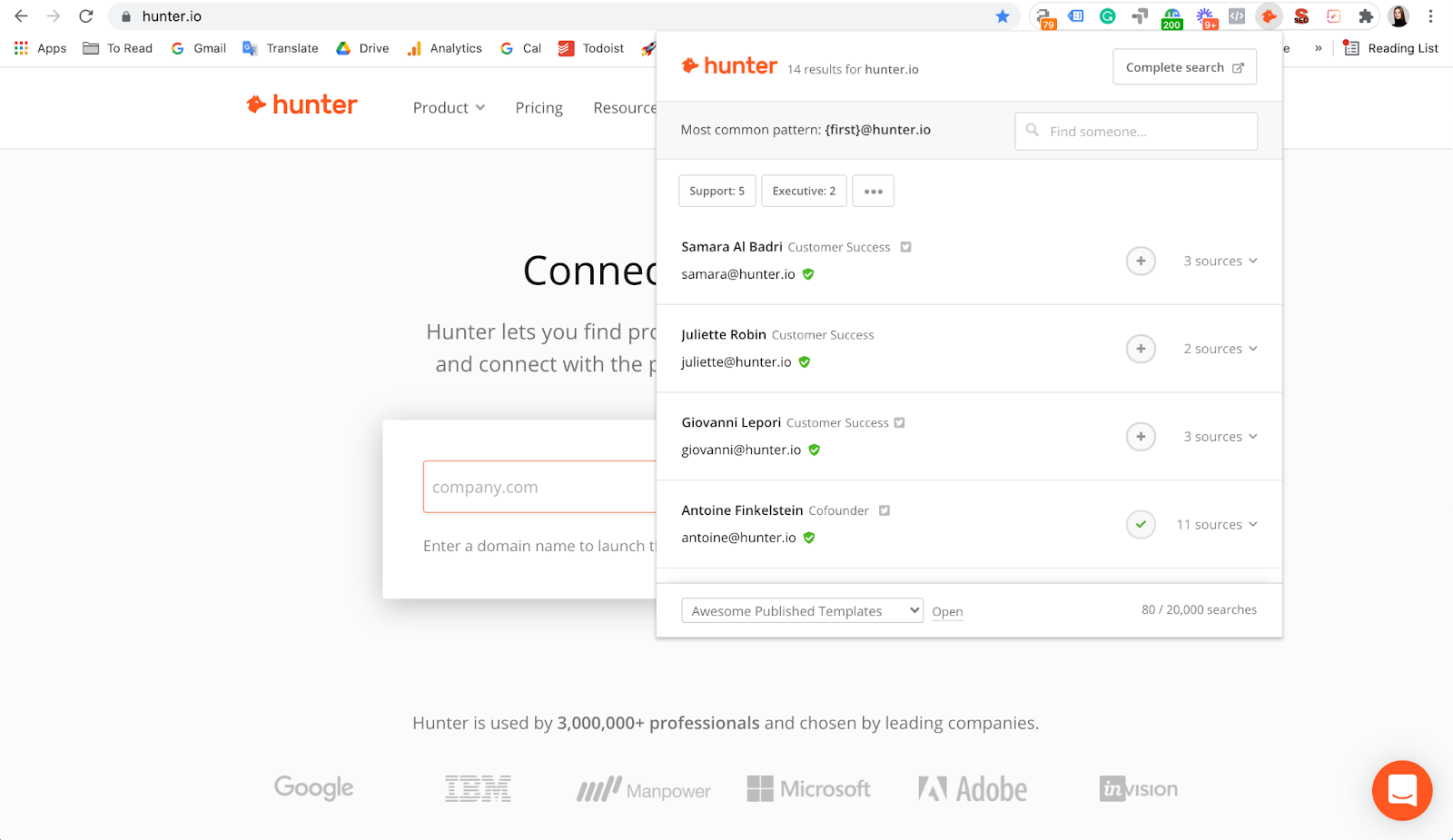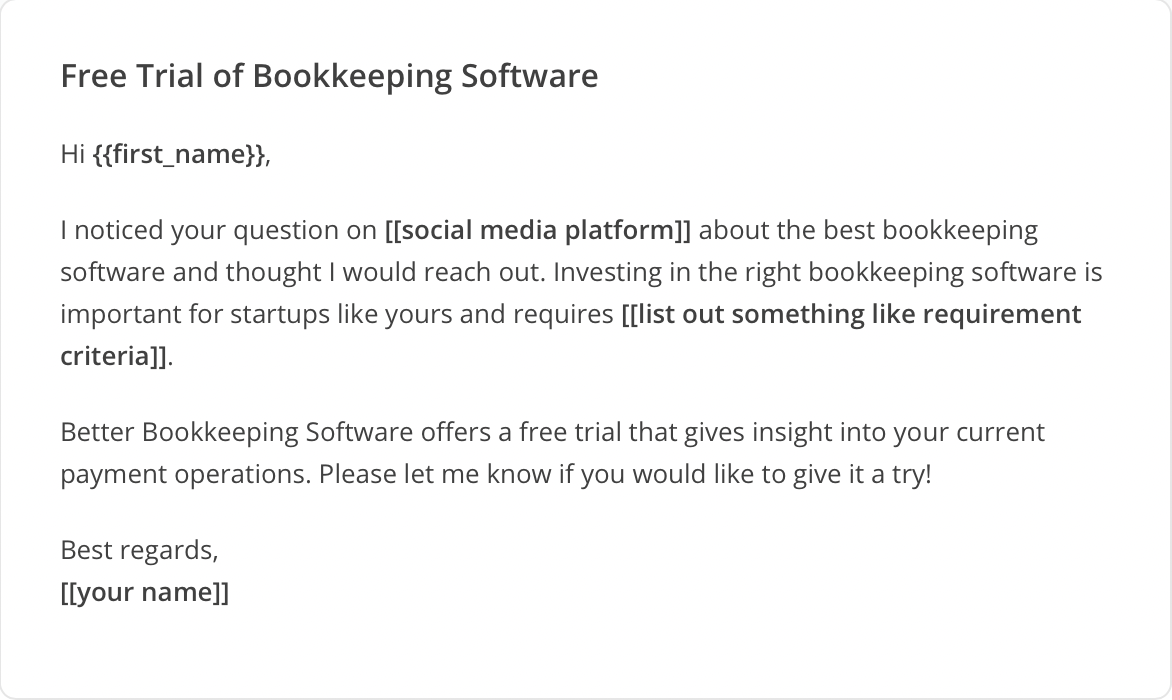How to Use Cold Outreach to Build Your eCommerce Brand From Scratch

Starting an eCommerce business in 2024 is not hard. Starting a eCommerce business that stands out in an overly saturated industry, however, is definitely tough.
Be it a new company or overhauling an existing one, nailing down the right brand persona is critical for success. After all, 9 out of 10 startups fail to make a mark every year. In today’s super competitive ecommerce space, companies try different tricks to establish a brand presence. Yet, most businesses give one trick a miss – cold email outreach.
Cold outreach is where you actively reach out to people instead of relying on them coming to you. As a founder or executive, you can decide who you want to reach, what you want to achieve with the cold emails, and how you can use them to strengthen your brand.
Why does cold outreach work for brands starting out?
The best part of cold outreach is that it’s perfect for ecommerce businesses who are building a brand from scratch.
* Cold emailing works better than cold calling because it’s less intrusive and more detailed
* Cold emails offer a low barrier of entry for cash-strapped ecommerce businesses. You can easily scale your program with a campaign automation tool.
* Cold outreach offers predictable and repeatable results that deepen your market understanding.
Ways to use cold outreach to build your brand
Your brand is another person’s perception of your company. You need to take a holistic approach to establish how people should perceive or interact with your brand. The outreach campaign can include the following types of emails:
Sales emails
Your brand grows when you make the sale. Cold sales emails are an effective way to bypass lengthy sales tactics to reach the targeted customer quickly. Even if they don’t respond, that’s data for you to use.
Having a great product is just as important as having a well-optimized and user-friendly ecommerce store. Nowadays, it’s not excuse to have a bad-looking ecommerce website since there are beautiful predefined Shopify themes that can kickstart your business in matter of days.
Marketing emails
Email marketing is a tried and tested tactic being used by companies to great success. You can use newsletters or product launch announcements to increase awareness, reach out to guest blogging opportunities, and strike up collaborations with fellow brands.
Networking emails
Companies with little to no brand awareness need to be seen with companies that have a huge pull within the same industry. Networking emails are great for building your circle, sharing and gathering inside knowledge, and refining business operations.
Recruitment emails
If you have a strong brand presence, quality talents will work for you. If you have a quality team, your product and operations will be superior — there are no two ways about it. If you can craft cold recruitment emails that entice in-demand talents, you can grow your brand in no time.
Steps to effectively use cold outreach campaigns
When done right, cold outreach campaigns can be the marker of success for ecommerce businesses of all sizes and shapes. But, you need to get the steps right.
1. Research your customer base
Like most things in business, effective cold campaigns start with great research.
To start off, find your ideal customer profile (ICP). Make it as detailed as possible and determine how you want to be remembered by them. Now find your position in the market. Search your products online, browse through forums, talk to people offline, follow the competitors and see where you’re placed in comparison to them.
You might see a difference between how you want to be remembered by customers and what they actually think of your products. It’s common in the initial stage. You need to align these two pieces of information to find a middle ground.
Edit your mission and vision statement, spruce up your value proposition, narrow down the words and emotions people should associate with your company but don’t forget to make space for what the customers want. When you blend the data, you’ll be able to use an improved style guide in your email copy.
2. Build and clean your email list

Now that you know who to target, it’s time to actually get their email addresses. You can define the “easiest to win” customers and go through their online profiles to find contacts. Alternatively, you can use an email finder tool to quickly find addresses. This is particularly helpful when you want to reach business leaders or influencers to grow your brand authority.
No matter how curated an email list is, you cannot get 100% active addresses. That’s why you need to regularly clean the list to keep it fresh and relevant. Some people forget to update their old contacts so you need to verify email addresses before reaching out to them. This is an important step because if you send emails to inactive accounts, your bounce rate will be high and your reputation score, low.
3. Focus on the subject line
Subject lines of emails play a pivotal role in determining whether the recipient will open the email. And when it’s a cold email, it becomes even more crucial.
Here are a few things you need to remember about writing email subject lines:
* You get limited space to write a subject line. Keep it short, ideally 4-7 words, and keep it unique.
* Do not use sensational words or tall claims to trick people into opening an email. Unsatisfied recipients can mark you as spam.
* Give people the incentive to open the email by explaining what’s in it for them upfront.
* Use the preheader text to elaborate or complement the message placed in the subject line
A good series of subject lines can look like this:

4. Personalize the email copy
Personalization is all about making sure people read your email till the end and click on the CTA button.

You can do that by extracting more than email addresses from customers’ profiles. Ideally, your brand is trying to solve a problem or improve the recipient’s life. Lead with a recent event in their life and position yourself as the solution. If you’re reaching out to investors, collaborators, industry leaders, or new talents, you need to customize the copy to show how they can benefit from you.
This is where you can take references from the style guide I mentioned earlier. Use a tone that reflects who you are and what the recipient likes, format the copy by writing short paragraphs and using a lot of white space, and finish with one but very clear call to action (CTA).
The way your email reads, gives the recipient enough data about what your brand stands for.
5. Follow up diligently
When starting out, you shouldn’t be discouraged by the lack of response from your campaign. It takes time for customers to warm up to new brands they haven’t heard of. That’s why you need to be persuasive. Use a follow-up strategy or tweak templates to add more value to the recipient’s inbox. If it’s an investor, show how recent development in your company culture has boosted production and brought more customers. If it’s a customer, give them a unique promo code or an early bird offer, or add free content to help them.
In the follow-up strategy, you can experiment with the timing of the emails, tone, and subject lines to see what sticks.
Summing up
The way you manage your cold outreach campaign can be a signal for how your brand will shape up. If it’s a success, you’ll not only fulfill your KPIs and increase email marketing ROI but also create enough momentum to roll out new strategies for your brand.
=================
Follow Us on Facebook
Join Official Community
🎁 Exclusive Deals for The4 Customers

EcomRise Post Purchase Upsell
EcomRise Post Purchase Upsell helps merchants boost revenue by offering targeted upsell and cross-sell offers after checkout.
- ✅ Show post purchase upsell offers immediately after checkout
- ✅ Display thank you page upsell offer with discount
- ✅ Track upsell performance easily with GA4 integration

🎉 EComposer – Free 6-Month Plan
Build landing pages, sales funnels, and more with drag & drop.
The4 users get 6 months free (save $114).
- ✅ 100+ templates ready to use
- ✅ Build any Shopify page
- ✅ No coding required







